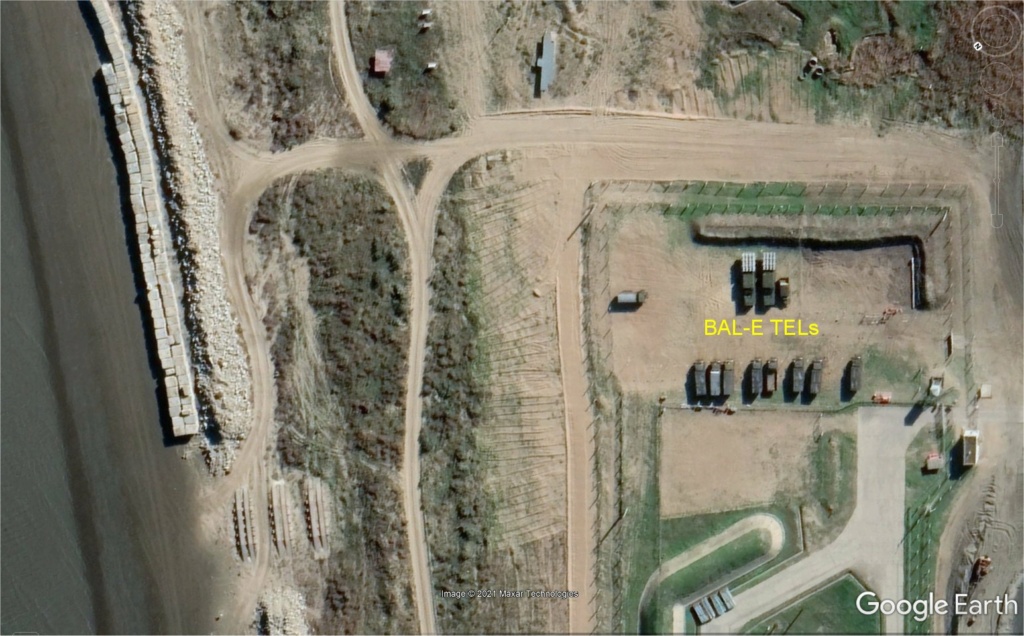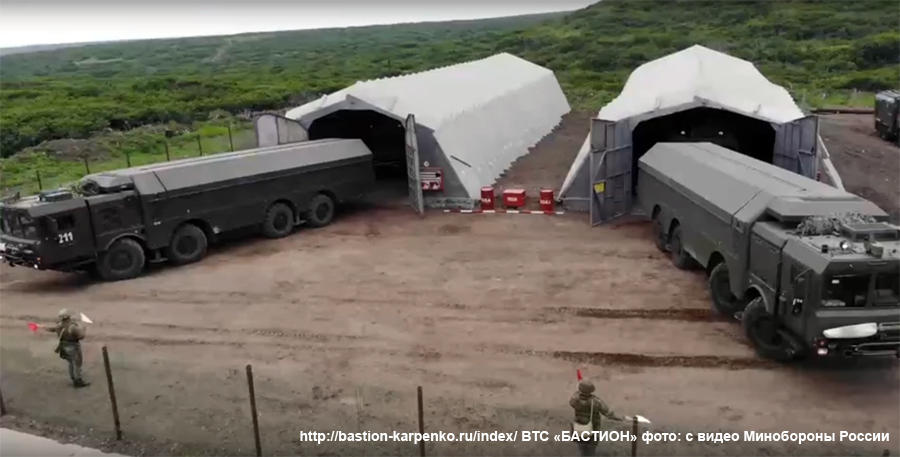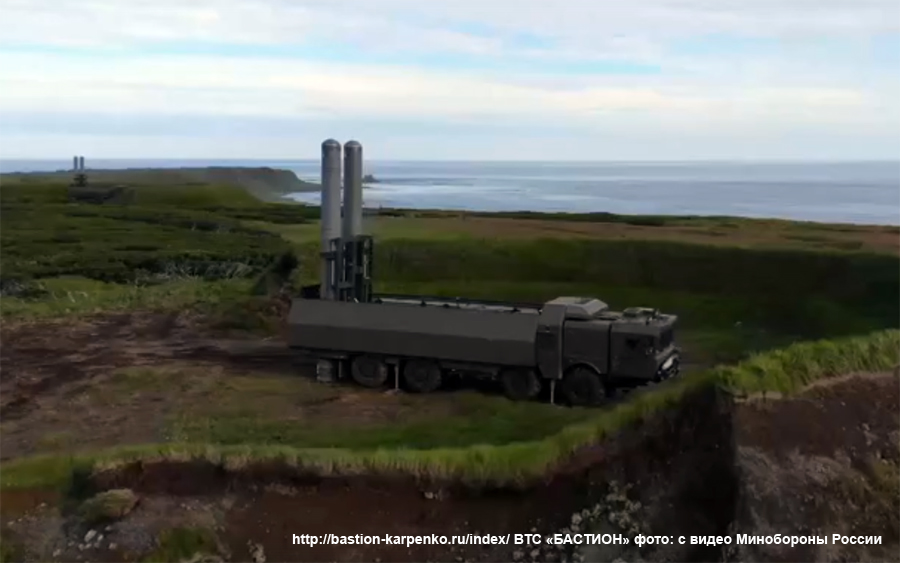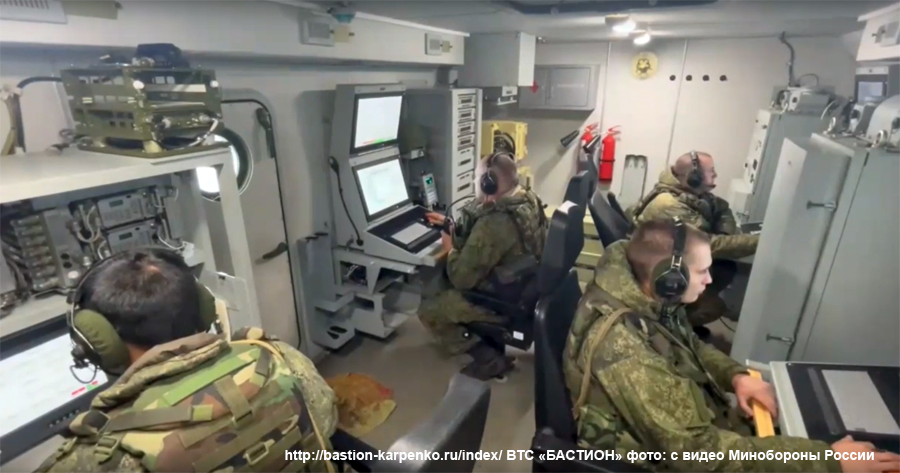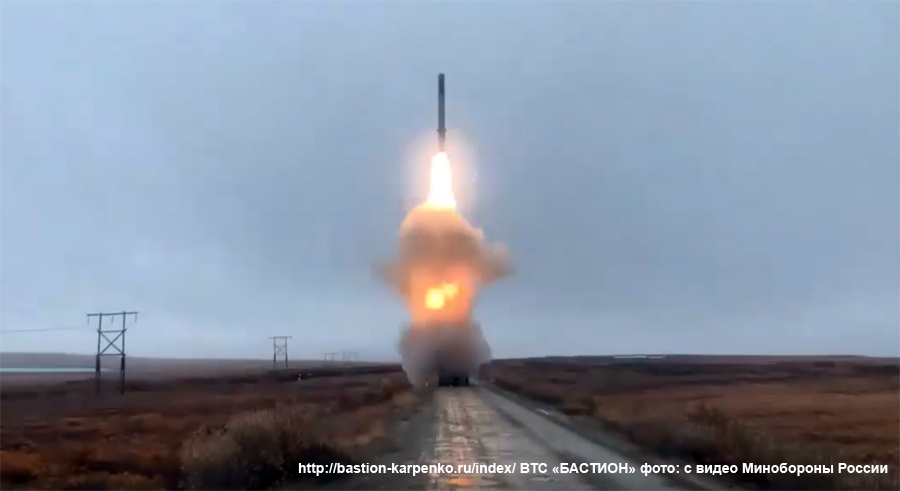From "Bal" to the ship: the Ministry of Defense will re-equip missilemen
How increasing the range of ammunition is changing the tactics of using coastal complexes
In 2021, the coastal missile and artillery troops (BRAV) of the Russian Navy received a new development. Sources in the Ministry of Defense told Izvestia that the department made a decision to increase the combat capabilities of these forces. Additional subunits will be formed in their composition, the missilemen will be re-equipped. These changes are intended not only to strengthen BRAV, but also to make them more multifunctional, capable of solving a wide range of tasks. Izvestia examined how the firepower of the coastal forces of the fleet would change.
At the end of 2020, a new 75th missile brigade was formed on Sakhalin and the Kuril Islands, becoming the seventh unit of this type of the Navy. During the Soviet period of history, BRAV consisted of only six brigades.
Perhaps the most significant was the deployment on the island of Matua of the battalion of the BRK "Bastion". Now the sea space of the Far East from Primorye to Chukotka was under reliable cover.
With the emergence of coastal missile battalions with Bastion complexes in Chukotka and at Russian outposts, as well as a battalion of Bal complexes on the island of Kronstadt, a unique situation has developed: almost the entire Russian sea coast is covered with anti-ship missile systems.
Today, in terms of the degree of saturation with modern military equipment, BRAVs are virtually unmatched in comparison with other types of troops. The share of new samples is 96% , while on average in the Russian army this figure is about 71%. The remaining 4% is the Utes coastal missile system, which was returned to the fleet in 2017. Such weapons could be seen in the Soviet action movie "Solo Voyage". The restored complex constantly takes part in exercises and firing of the Black Sea Fleet. In May, the Crimean coastal missile brigade conducted joint missile firing with the Utes and Bal complexes.
Recently, in connection with the increased activity of US and NATO warships near the Russian coast of Crimea and the Kaliningrad region, the crews of the coastal complexes have the opportunity to constantly train. During each call of an American destroyer into the waters of the Black Sea, the missilemen of the Black Sea Fleet brigades located in the Crimea and Krasnodar Territory practice deploying to positional areas and joint firing , and in conjunction with other forces of the fleet - both with surface ships and submarines, and with naval aviation. If necessary, the Bastion complexes from the Krasnodar Territory can be quickly transferred to the Crimea by landing ships or across the Crimean bridge.
The development of BRAV continues. At the end of the summer of 2021, Kh-35U missiles were tested from the coastal installations of the Ball complex. Previously, with the X-35 ammunition, it was a tactical complex, but now it is actually becoming operational-tactical. The flight distance of the new missile has become commensurate with the range of the Onyx of the Bastion complex.
New long-range ammunition will ensure the safety of the Arctic and Crimea
With the increase in the flight range of new missiles, the tactical scheme of using coastal missile forces also changes.Previously, for a brigade of two Bastion divisions and one Bala, it was as follows: first, an enemy strike force approaching the Russian coast is fired at at a distance of about 300 km from the Bastion complexes (16 missiles in a salvo); then the ships that broke through at a distance of about 150 km are struck by the Bal complex (32 in a salvo). Now, at a distance of more than 300 km, the enemy can be fired upon by two types of missile systems at once. Accordingly, the brigade commander will be able to send lighter Kh-35U missiles to cheaper ships, and more powerful Onyxes to more important targets such as an aircraft carrier or an amphibious assault ship. A salvo of fifty simultaneously flying missiles will be much more difficult for the enemy to repel than two consecutive volleys. At present, BRAV includes about eight divisions of the Bal complex.Their rearmament with new missiles will begin in the near future.The first to be re-equipped will be the brigades of the Northern and Black Sea fleets, and then the rest of the units.
The navy has worked out the transfer of anti-ship systems between the likely theaters of military operations
Another important moment in the development of BRAV was the development of the redeployment of units from one fleet to another. The redeployment of coastal missile units to other directions is being honed to strengthen and integrate into local military formations. At the same time, the missilemen will learn the features of new theaters of military operations. In particular, in 2021, the transfer of coastal personnel of the Baltic Fleet to the coast of the Arctic Ocean and to the Far East was worked out. These trainings allow, in the event of an aggravation of the situation, for example, in the Far East, to strengthen the BRAV grouping of the Pacific Fleet at the expense of units from the European part of Russia. In the same way, by the transfer of sea, rail and air transport, it is possible to increase the grouping of coastal missile forces in the Crimea in the shortest possible time. In general, if necessary, missile units can cover any corner of the world where it will be necessary to conduct, for example, an anti-terrorist operation. So,our forces in Syria have been covered by the Bastion battalion since October 2016.
The general aggravation of the situation in Eastern Europe, the military strengthening of the Baltic countries, as well as the pulling of Sweden and Finland into NATO orbit led Russia to the need to deploy coastal missile units in the Russian part of the Gulf of Finland. At present, in fact, there has been a restoration of mine and artillery positions during the First and Second World Wars . Then Russian sailors laid minefields covering the Gulf of Finland to prevent the breakthrough of German ships to St. Petersburg. So that the enemy could not wipe the fields and open the way for their ships, they covered themselves with coastal artillery. Now there has been a revival of such positions in the form of a mine-missile position. That is in the event of any aggravation between Russia and NATO, it is possible to block the approaches to the largest scientific, cultural and technical center of the country with minefields and cover them with missile systems recently deployed in this region.
“ Strengthening the protection of the Russian coast is especially important given the current international situation ,” Inna Vetrenko, head of the Department of Management and Social Technologies of the North-West Institute of RANEPA, told Izvestia. - We see the increased activity of reconnaissance flights near the borders of Russia, military exercises, regular cruises of warships in the Black and Baltic Seas, including their calls where they should not go. These are all dangerous signals that cannot be ignored. How can you react to them? Precisely by preventive measures, by strengthening their defenses. Russian coastal forces abroad are considered very dangerous for ships, since they are equipped with the latest technologies, including those that other countries do not have.
The Navy continued work on the creation of a unified information and control battlefield. Within its framework, sailors learned to exchange information and transfer data between ships, aircraft and coastal units. During the exercises in October 2021, the frigate "Admiral Gorshkov" gave target designation to coastal complexes from Franz Josef Land. So, "Bastions" will be able to hit invisible enemy naval targets and save naval ammunition. Still, reloading a coastal installation is much faster than a ship at sea.
In general, the BRAV of the Russian Navy are becoming troops of global maneuver between different theaters of military operations. At the same time, their strengthening is constantly taking place. In 2021, three sets of missile systems were received into service, and two more are expected to arrive in 2022. In the near future, we should expect the re-equipment of the Bastion complexes with new hypersonic missiles, and then the range may increase to 1–1.5 thousand km.
At the end of the Soviet era, Colonel-General Ivan Skuratov, Commander of the Coastal Forces of the USSR Navy, worked to transform coastal missile units into global strike forces. It was expected to enter service with a missile system with a firing range of up to 1.5 thousand km. Alas, the collapse of the USSR prevented this process. Now, 30 years later, we are witnessing an unprecedented development of this component of the Navy as a means of combating any sea and coastal targets on a global scale.
https://iz-ru.translate.goog/1271796/dmitrii-boltenkov/s-bala-na-korabl-minoborony-perevooruzhit-raketchikov?_x_tr_sl=ru&_x_tr_tl=en&_x_tr_hl=en





